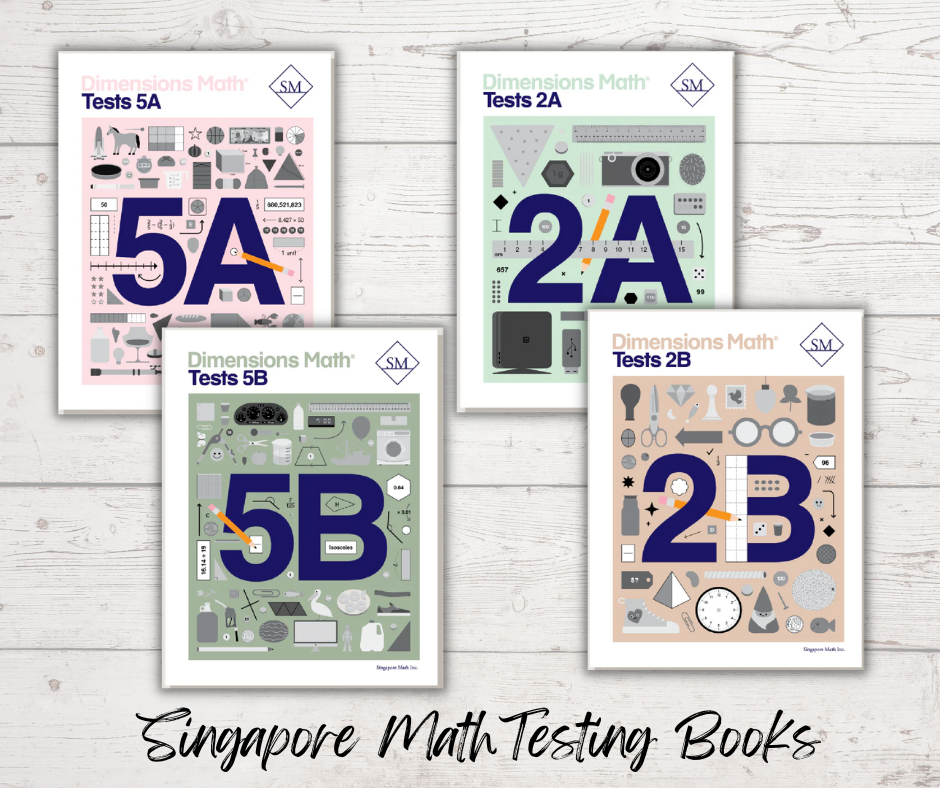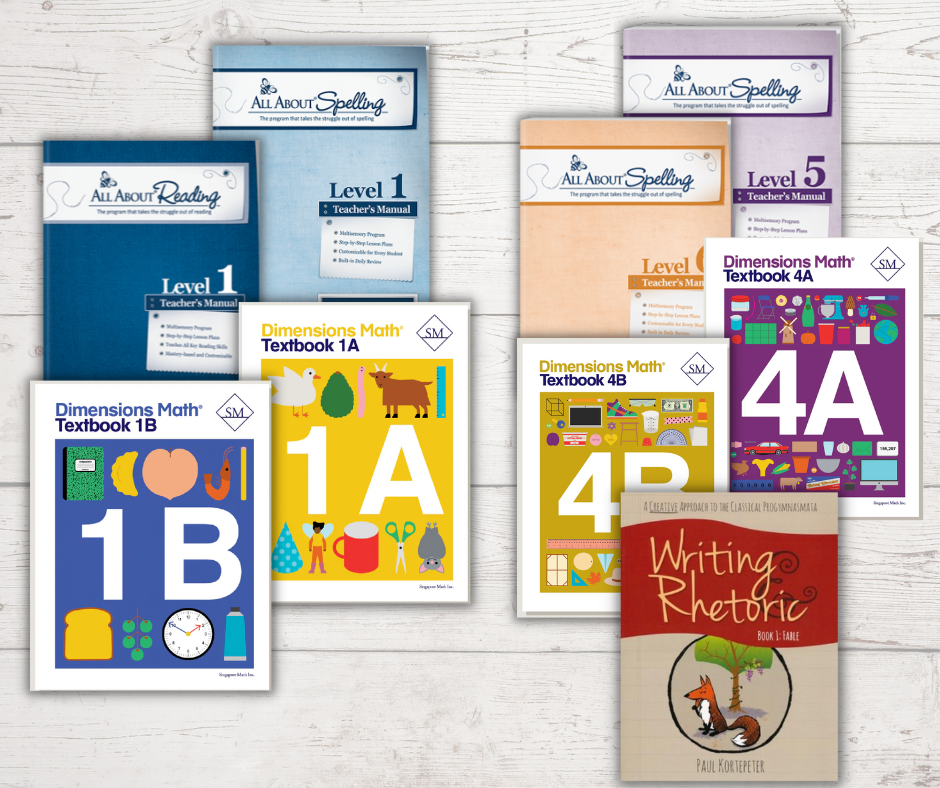It is a known fact that I am a big fan of the Singapore Math curriculum, including their exceptionally well-designed testing books. There are so many reasons why testing is necessary to your child’s learning journey, and Singapore Math understands that well.
Testing does not have to be a rigorous process, but one that offers a way of knowing what your child has learned and retained and understanding their ability to apply it to the real world.
Friend, if you are new to my website, welcome here. We do not homeschool full time, but like many parents today, I am actively involved in my children’s education at home. If you would like to join the after school movement, then read my blog about what it is all about.
Why Test?
Identifying Knowledge Gaps:
Tests help identify areas where students may have gaps in their understanding. It allows for targeted instructions in the areas that need additional support.
Memory Retention:
Testing has been shown to enhance long-term memory retention. When we recall information during a test, it strengthens our memory and assists in the retrieval of that information later.
Metacognitive Skills:
It promotes metacognitive skills such as self-assessment, self-regulation, and self-awareness, which are important for lifelong learning.
While testing in itself is a great tool, there is a greater benefit when used alongside other forms of assessment that don’t involve a testing environment. Also, having purpose to the process of testing helps better guide the next steps.
Singapore Math’s test books
Singapore Math offer a Test Book for each level. It is further designed to provide two tests for each topic – Tests A and B, each designed differently, so it is necessary to administer both of them. Test A tests your core knowledge on the topic, while Test B tests your ability to apply the knowledge to solve problems. Once you have determined where they need assistance, you can determine how to offer additional practice. If you are looking for supplemental resources, Singapore Math has plenty of resources such as Extra Practice (at-level practice questions) and Intensive Practice (slightly more challenging than grade level). Several homeschool parents find it beneficial to add on another curriculum on top of Singapore math such as Right Start, Beast Academy, etc.
How to implement a test?
Since this post is primarily about Singapore Math, I’d like to share a few ways you can use their resources. While taking a test right after completing a chapter might seem intuitive, we have used another method and found it as effective, if not more. I am sharing both methods for you to try out and see what helps you better gauge your Childs knowledge and needs.
Method 1:
➡️ After completing a lesson (textbook and workbook), have your child do Test A and Test B for that chapter.
➡️ Conduct the continual test after you have completed the chapters corresponding to them.
➡️ Finally, after completing an entire level, administer the end-of-year assessment.
Method 2:
➡️ Finish out the entire level of textbook and workbook (A and B), and dedicate time for testing at the end of the year or end of level completion.
➡️ Schedule the tests to do each chapter first, followed by continual, and finally, year-end assessment.
Keep in mind that the tests help you determine how well your kid has learned or mastered the lessons. Depending on their performance, take some time to pause, revisit those lessons, and relearn as necessary for mastery.




